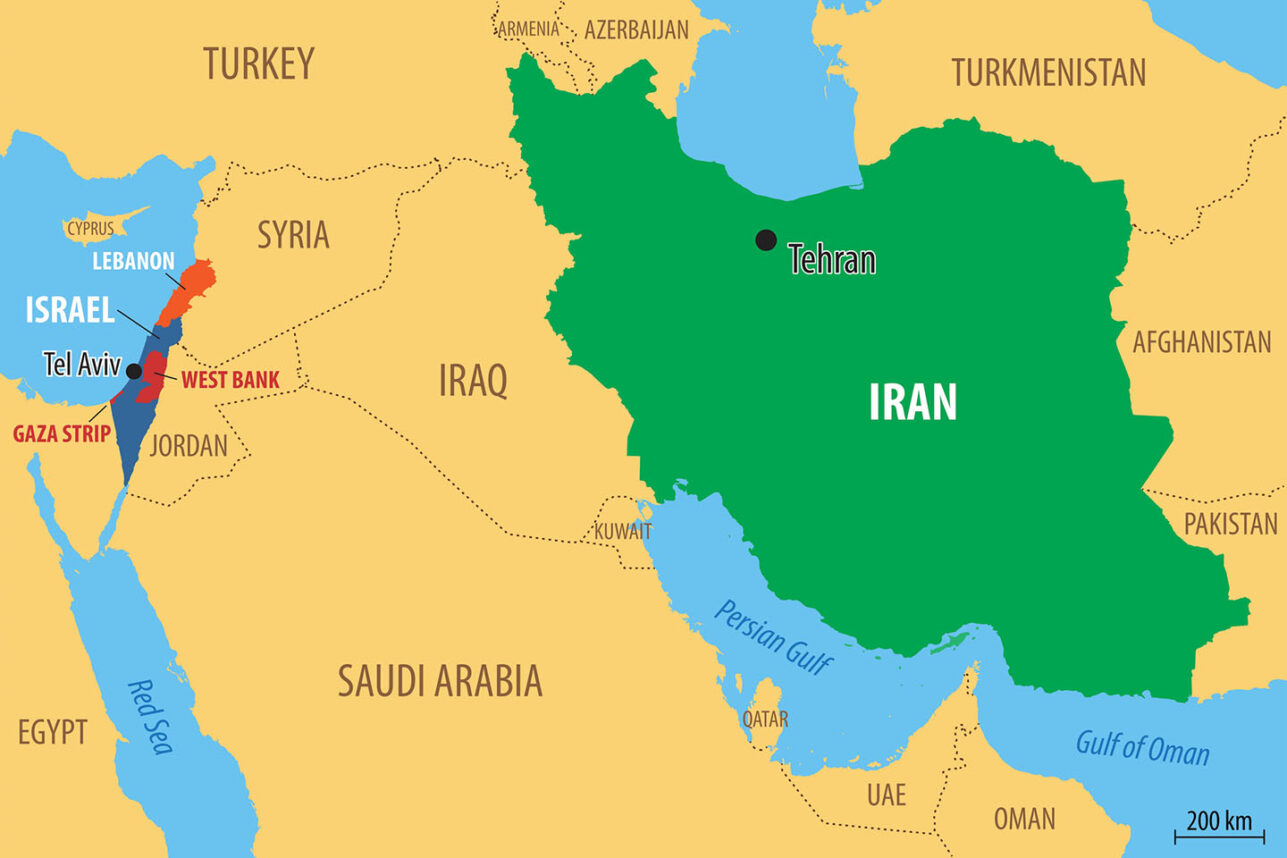
Sometimes it is in explaining something to another person that you gain greater insight and understanding of that very subject. This was the case last week when I attempted to describe to a non-Jewish friend the meaning and symbolism behind the rituals of Jewish mourning after the death of a shared and much-beloved Jewish friend. Since my entire family lives in Israel, I wasn’t sure what to expect because I’d never been to a shivah in America.
While there are some stark differences in mourning rituals between American and Israeli Jews, there are greater similarities than I thought. In Israel, until about 20 years ago, there was only one way to deal with death: the Orthodox way. Even though the vast majority of Israelis define themselves as “traditional” if not secular, marriage and death ceremonies were still carried out under strict Orthodox practices. And although Israel is a country where roughly 98% of Jews proudly display a mezuzah on their doors, the requirement to adhere to strict, state-sponsored Orthodoxy can feel alienating.
Recently though, funeral ceremonies in Israel have become a mix of old and new. While the chevrah kadishah (the Orthodox community who handles funerals on behalf of the state) still goes through the basic and most significant religious portions of the funeral ceremony — the kriah (tearing of the clothes of the mourners), the identification of the body, the burial and the leading of the Mourner’s Kaddish — modern ceremonies include moving memorials with personal music selections and touching eulogies from friends and family.
In Israel, everything is done graveside without the involvement of the synagogue. There is no service before the funeral and there is no casket, except in the case of fallen Israeli soldiers. The body is placed on a stretcher and shrouded in white linens.
After the burial, custom in Israel dictates that only close relatives go home with the mourners, but in the States the shivah begins immediately upon returning from the funeral.
Over the next seven days, relatives, friends, neighbors and colleagues visit the mourners. No invitation is required to attend a shivah. Rather, the shivah coordinator (usually a close friend of the family) sets the visiting hours. In Israel, no visiting hours are observed, rather from the time a death notice is placed on the door at the deceased’s home, there is a constant stream of visitors from as early as 7 a.m. until midnight, with the exception of Shabbat.
In Israel, where it is said that “kol Israel chaverim” (all of Israel is friends), anyone who had a relationship with the deceased, or with the mourners, will take time out and even take time off work to pay a shivah call to the mourners.
Although the rules of etiquette for a shivah are slightly different in the U.S., I was struck by the great similarities in sitting shivah in this time-honored tradition for all Jews. In the States, mourners, particularly more Reform Jews, may not adhere strictly to the rules of the shivah, which include no bathing, shaving, cooking or housework, covering all the mirrors in the house and wearing torn clothing. However, one ritual that crosses continents is that of bringing food to the mourners’ home. Although it’s common for every religion to bring sustenance to families in mourning, in Judaism, the foods we bring are unique.
While I guided my non-Jewish friend to bring a tower of kosher Jewish baked goods to the family, including a favorite sweet treat of our late friend, I decided to bring a more traditionally Israeli dish, given that my deceased friend’s husband is Israeli.
Because there is nothing more Israeli or comforting than borekas — small, handheld pastries stuffed with a variety of savory fillings — as well as hard-boiled eggs, which are eaten at every shivah to symbolize rebirth and the circle of life, I also made a filo pastry-wrapped zucchini pie, a hearty and herb-laced warming comfort food, created by Greek and Turkish Jews.
And when I stepped into the apartment, quietly carrying disposable trays full of homemade pastries and pies, it was precisely at the moment that the mourners stood up to pray. I set down my packages, still warm and fragrant from the oven, and did something I had never seen done in Israel: I faced east. I had taken it for granted that even in mourning, all Jews remember Israel and look eastward; toward Jerusalem; toward eternity; toward our sacred homeland.
FILO WRAPPED ZUCCHINI PIE
2 pounds zucchini, washed and trimmed
1/2 teaspoon salt
1/2 cup olive oil, divided
2 large onions, finely chopped
1 cup fresh mint, finely chopped
1 1/2 cups fresh flat-leaf parsley, finely chopped
1/2 teaspoon dry oregano
Salt and pepper to taste
2 eggs, beaten
2/3 cup feta cheese, crumbled
1/4 cup Parmesan cheese, finely grated
2 tablespoons butter, melted and cooled
10 sheets prepared filo pastry, defrosted overnight in refrigerator
Grate zucchini on a cheese grater or in a food processor, sprinkle with 1/2 teaspoon salt and let sit in a colander over a bowl to release juices.
In a medium saucepan, place 2 tablespoons olive oil and heat. Add onions and saute until translucent. Remove onions to cool in a large mixing bowl.
Squeeze excess water from zucchini until dry. Place 1/8 cup olive oil in the same pan, heat and cook zucchini. Continue to stir until zucchini has slightly browned and all water has evaporated.
Add mint, parsley, oregano and black pepper and cook another minute to combine.
Place zucchini in the bowl with onions and stir to combine. Refrigerate until cool. When mixture is cool, add beaten eggs and cheeses and taste for salt (remember, the cheese is salty.)
Add 2 tablespoons of olive oil, stir the mixture well and chill in refrigerator until ready to use.
Preheat oven to 350 F.
Butter a large round or rectangular baking dish (13-by-9 and 3 inches deep).
Combine remaining olive oil and butter and lay out a sheet of filo on a clean work surface. Using a pastry brush (or your hands), brush a thin layer of the olive oil/butter mixture on the sheet and transfer to the baking dish. Repeat with additional 4 sheets of filo, brushing each sheet with the olive oil mixture and layering one on top of the other.
Evenly spread zucchini mixture on top of filo, then repeat the process for the remaining 5 sheets of filo tucking any filo that doesn’t fit the pan inside.
Brush the top filo sheet with olive oil.
Freeze pie for 30 minutes, then bake in a preheated oven for approximately 50 minutes until pastry is lifting slightly and turns a golden brown.
Re-heat in hot oven before serving.
Serves 10.
Yamit Behar Wood, an Israeli-American food and travel writer, is the executive chef at the U.S. Embassy in Kampala, Uganda, and founder of the New York Kitchen Catering Co.


































 More news and opinions than at a Shabbat dinner, right in your inbox.
More news and opinions than at a Shabbat dinner, right in your inbox.